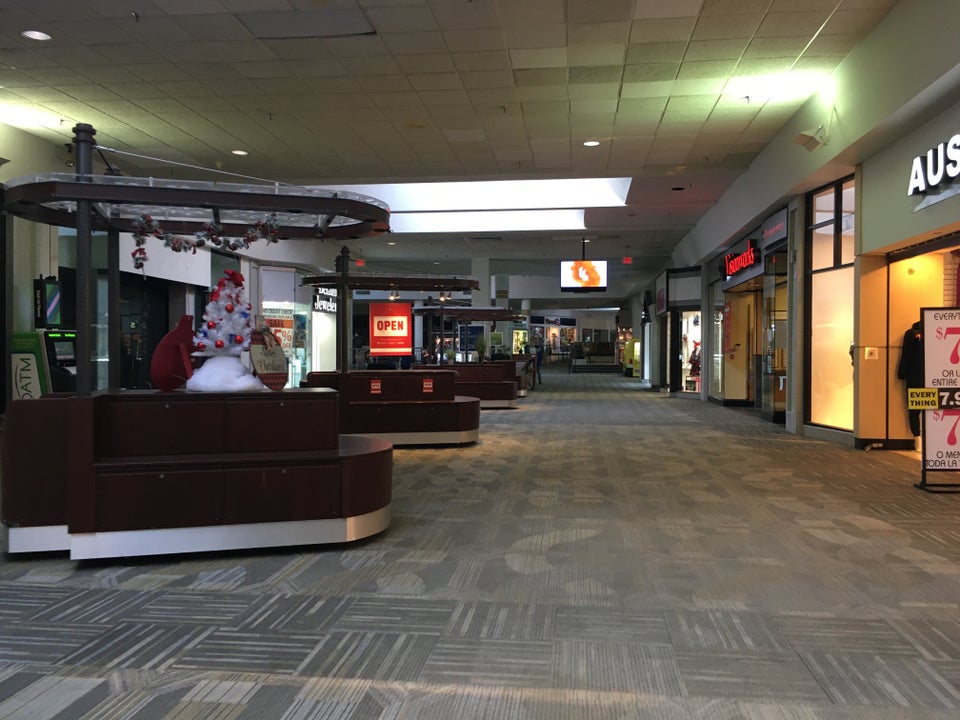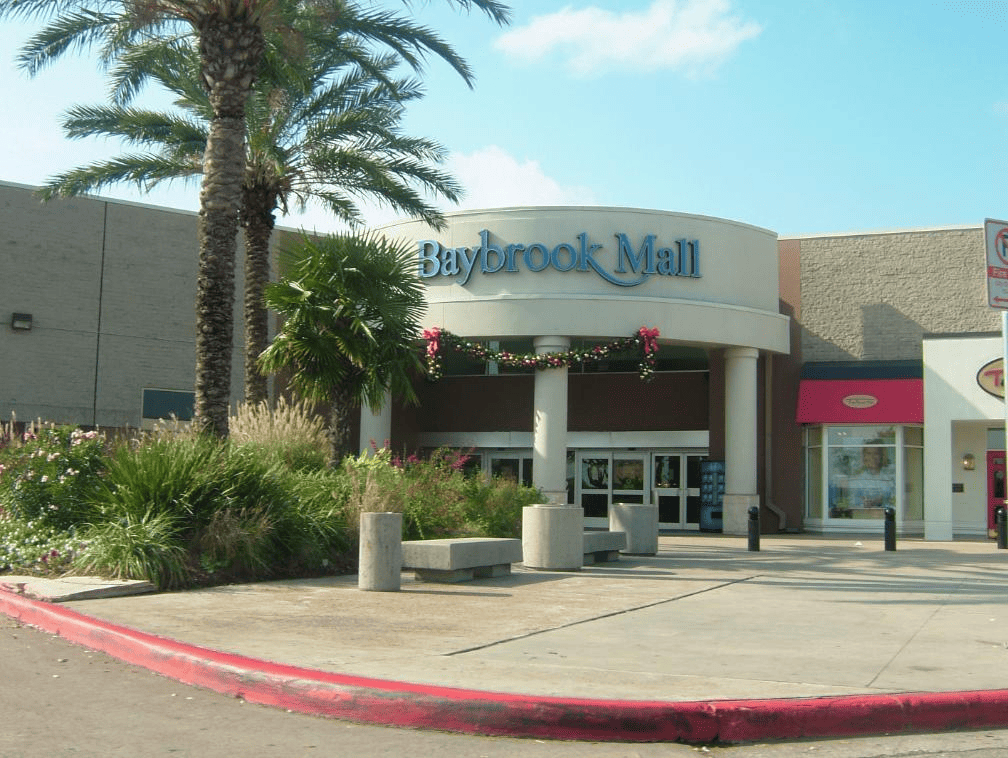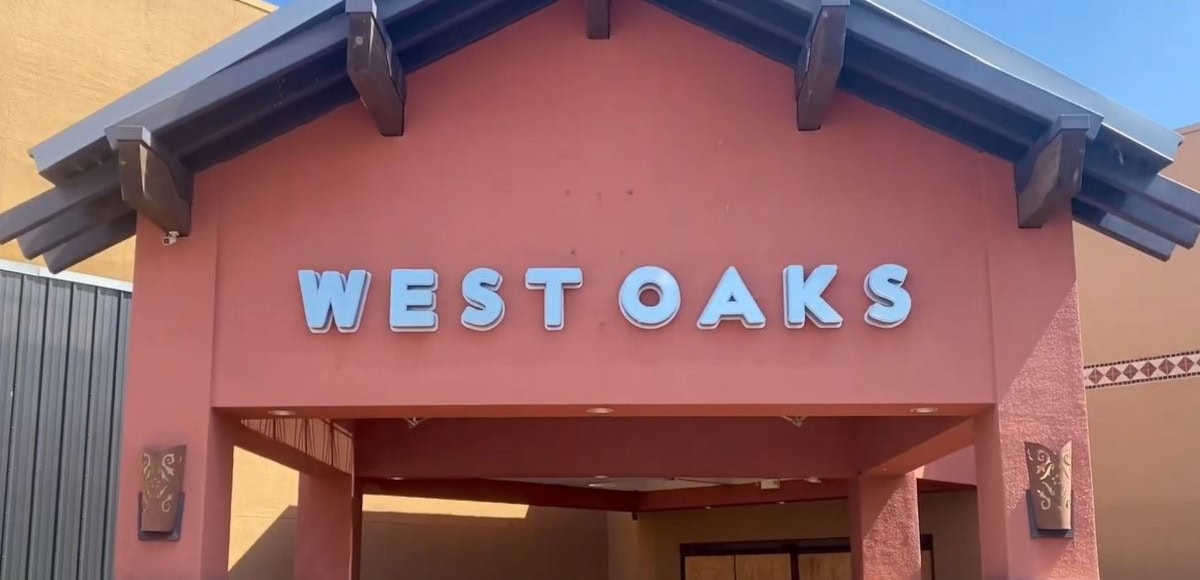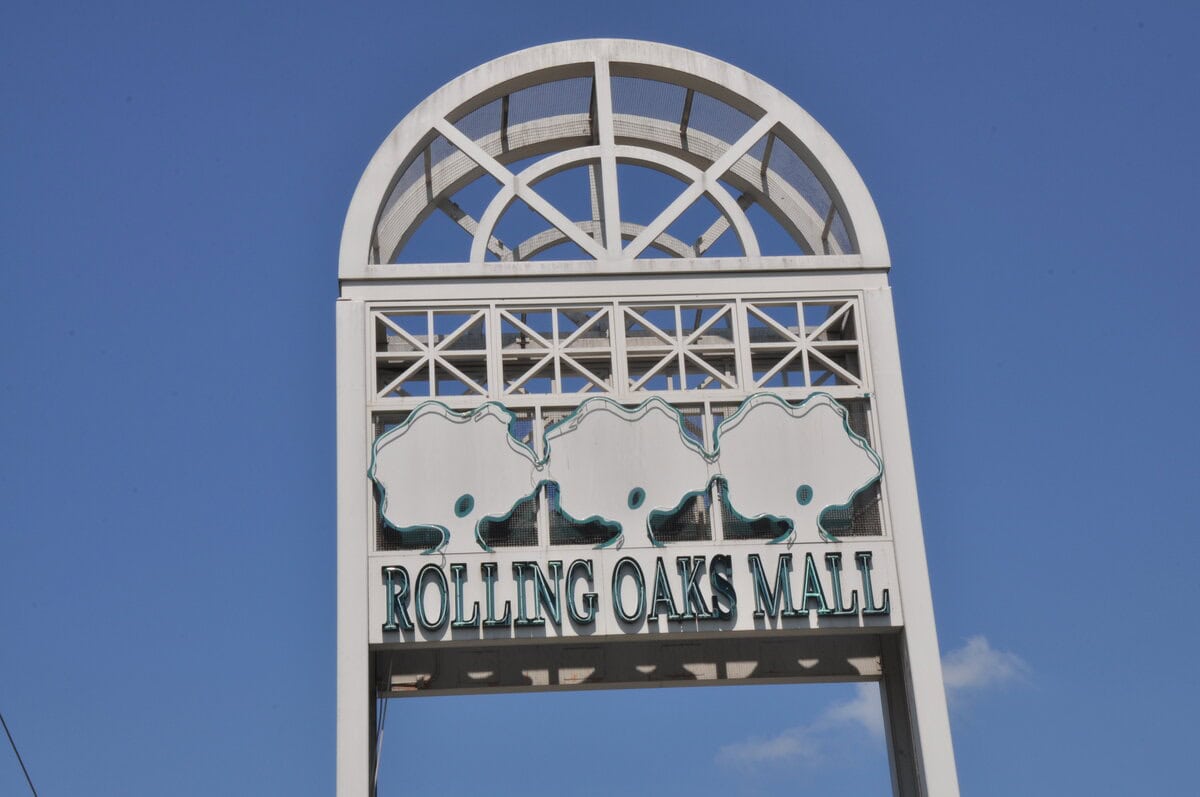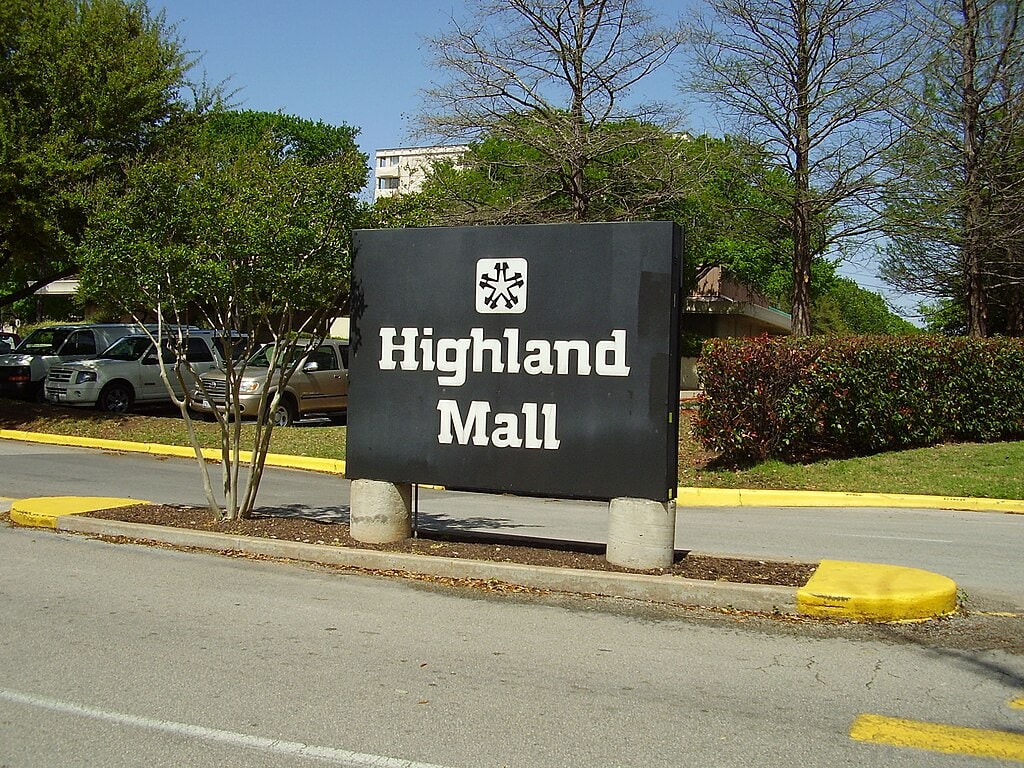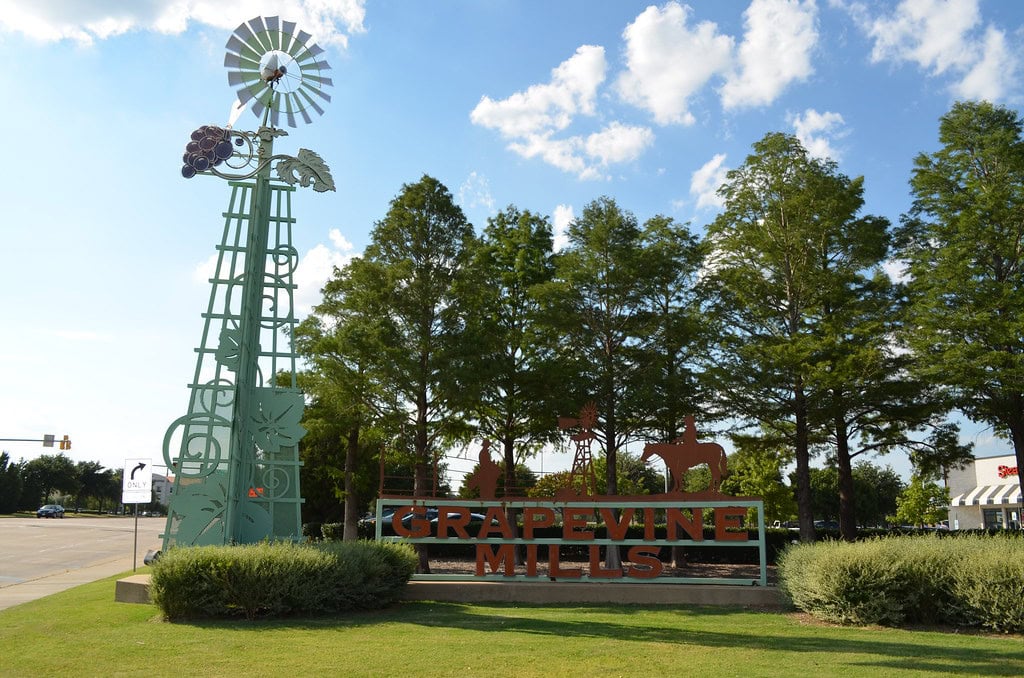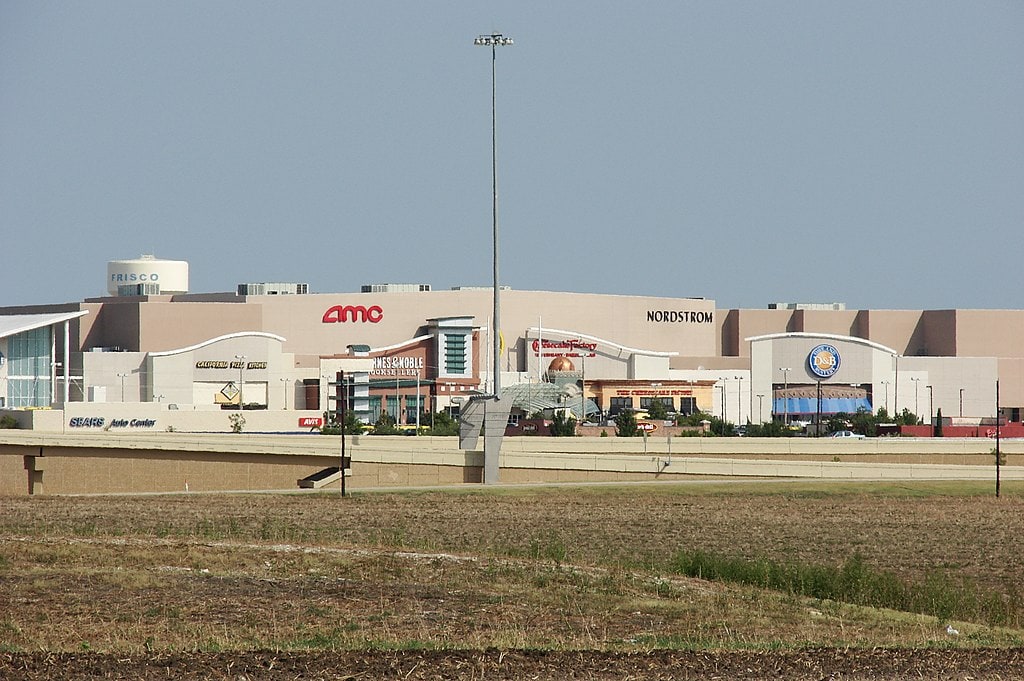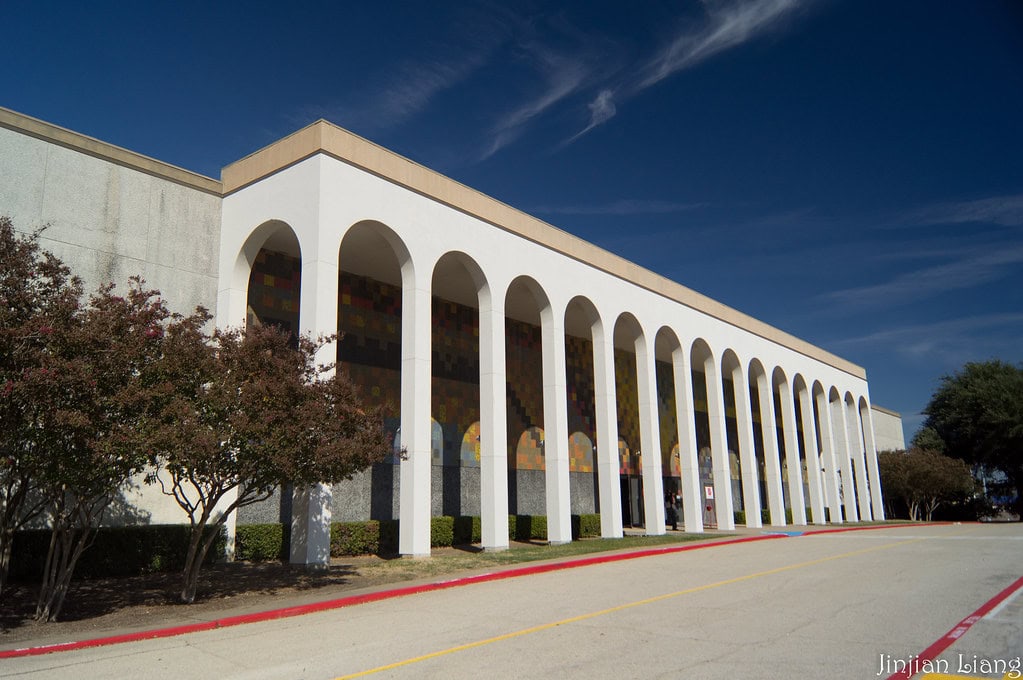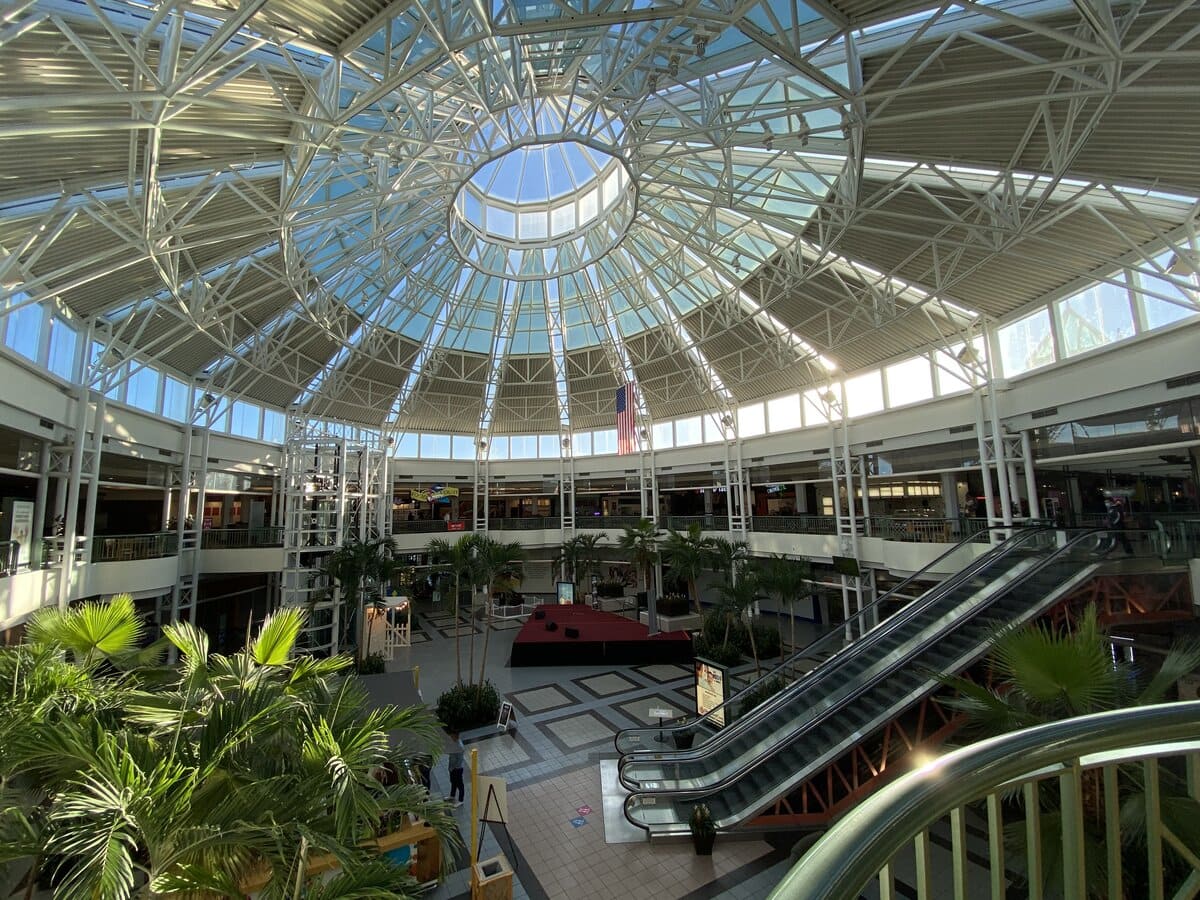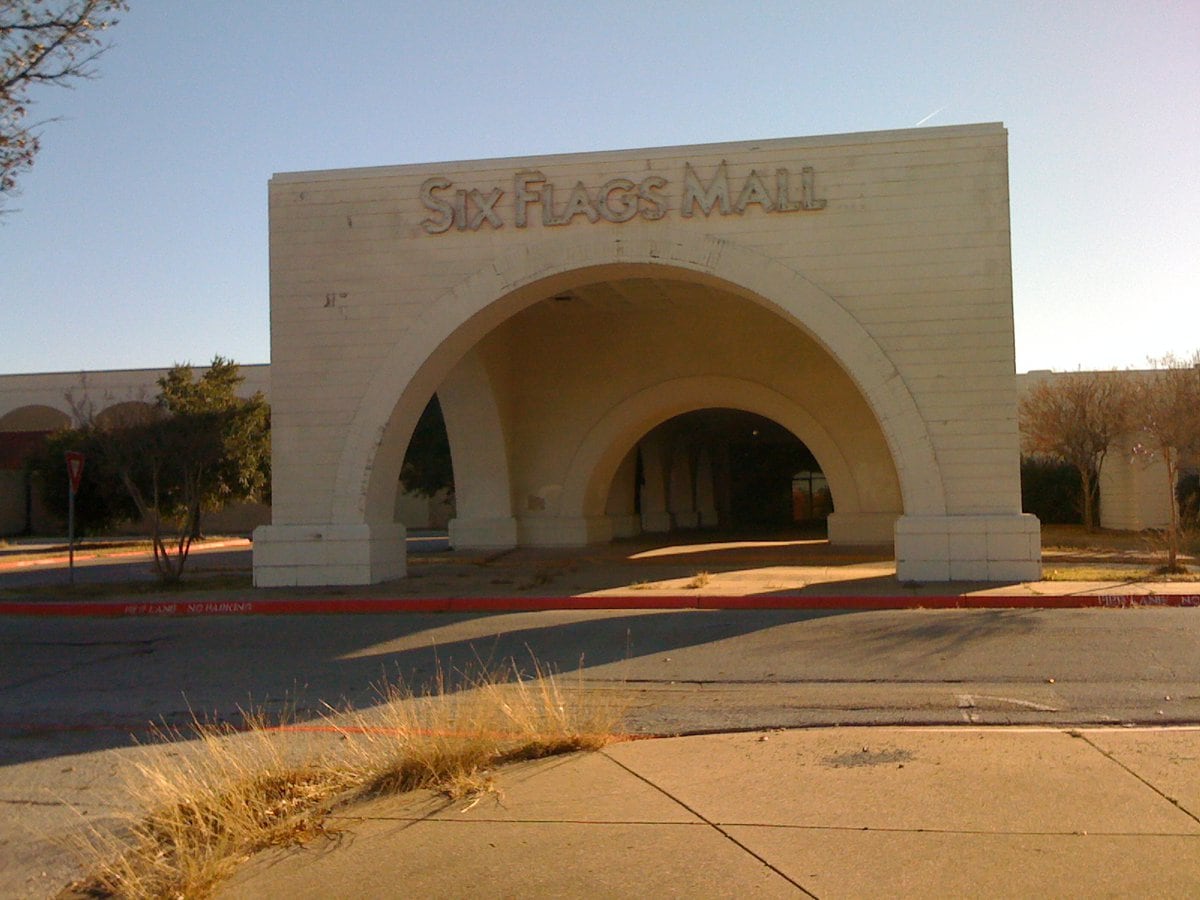Windsor Park Mall rises from pastureland
Before it had a castle or a tech campus, 5000 Walzem Road was a promise on San Antonio's northeast side, off Interstate 35.
On January 10, 1974, Melvin Simon & Associates announced Windsor Park Mall, the city's sixth mall and its third largest, a 1.2 million square foot complex with two floors of retail.
The grand opening on July 29, 1976, brought Ed McMahon, Jamie Farr, Loretta Long, and James Hampton to cut ribbons while about 90 of the planned 116 shops opened, the rest to follow within three months.
Montgomery Ward, JCPenney, Joske's, and Dillard's anchored the corners. Between them ran a strip of desire.
The Limited and Lerner Shops, Miller's Outpost, and The Athlete's Foot, Zales, Wyatt's Cafeteria, Casual Corner, Jeans West, The Wild Pair, Waldenbooks, B. Dalton, Spencer Gifts, and even Frederick's of Hollywood lined the concourses.
Joske's sold Christian Dior and furs; Spencer's sold lava lamps and jokes. A 5-screen Cine Cinco theater and arcades caught teenagers who were only vaguely interested in their parents' shopping lists.
Windsor Park's big bet on suburbia
By the mid-1980s, Windsor Park Mall had settled into its role as the northeast side's unofficial town square, the sort of place where you could buy a refrigerator, a prom dress, and a soft pretzel without ever seeing daylight.
In 1985, the fifth anchor, Mervyn's, arrived with a 120,000 square foot footprint, a brick and stucco vote of confidence in suburbia's staying power.
The parking lots sprawled wider, access roads thickened, and Walzem Road on Saturday out there now doubled uneasily as both staging area and street.
Inside, the tenant mix read like a catalog of middle-class aspiration. The Athlete's Foot promised performance; The Wild Pair promised attitude.
Waldenbooks and B. Dalton shelved the paperbacks that teachers assigned and the ones they disliked.
Casual Corner and Lerner Shops sold office wear for jobs that did not exist when the mall was announced in 1974.
Montgomery Ward and JCPenney anchored the idea that you could furnish an entire life between their escalators.
Families on tight budgets walked by Dior and the furs at Joske's without really feeling pushed aside, then made their way to Miller's Outpost to hunt for bargains.
Teenagers orbited Cine Cinco and the arcade, practicing freedom under fluorescent light while their parents compared prices at Wyatt's Cafeteria.
For a few years, the place felt less like a project and more like inevitability.
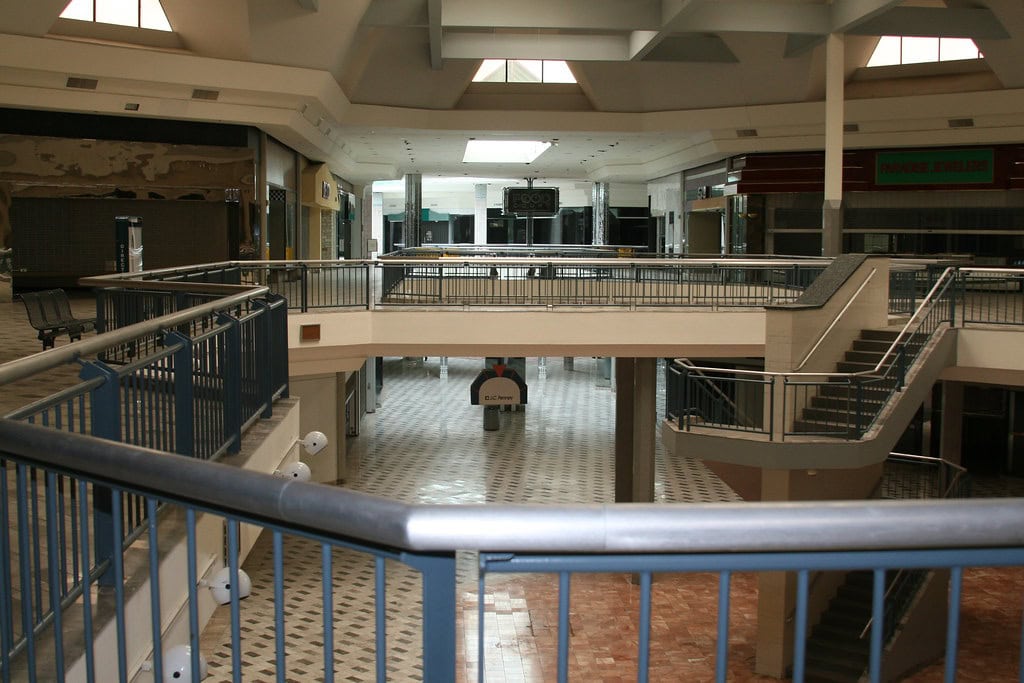
Southwestern glamour and food court dreams
Corporate maneuvers reshaped Windsor Park as much as any renovation. In 1987, when Joske's was absorbed by Dillard's, the old Joske's box was split.
The lower level became a Dillard's home store, importing furniture and housewares from the main Dillard's, while the upper level turned into a food court.
An $8 million project bought new finishes, skylights, counters, and neon.
The menu was standard mall fare: Dairy Queen, Chick-fil-A, a corn dog counter, a pizza place, a Subway doing its best impersonation of health, and a gameroom humming at the edge.
Families met there between errands; teenagers treated it as neutral ground.
In 1988, Simon opened Rolling Oaks Mall, 7 miles away, another indoor competitor for the same households. To keep Windsor Park from going stale, a renovation unfolded between 1987 and November 1990.
The mall emerged with a Southwestern theme, more skylights, an octagon-shaped stage, marble floors, new fountains, and fewer of the original 1976 sculptures.
At its apex, roughly 135 tenants filled the directories, and occupancy sat at about 97 percent.

Crime scenes, curfews, and a fearful 1990s
Trouble arrived not with a new competitor but with crime. In February 1991, a 20-year-old man was stabbed and killed at the VIA Metropolitan Transit park and ride by the mall.
Not long after, at the bus stop, a teenager tried to shoot a rival gang member and instead hit a 64-year-old woman between them, killing her.
Simon responded by terminating VIA's leases at Windsor Park and its other San Antonio centers. The unease, however, stayed.
In 1994, a quarrel between two teenagers inside the mall spilled into gunfire amid holiday shoppers; the victim later died.
The next year, the Bexar County Sheriff's Department announced it would open an annex at the mall, a law enforcement presence meant to reassure visitors even as it reminded them why it was needed.
Yet the property did not immediately collapse. In the late 1990s, Montgomery Ward underwent an extensive remodel and briefly became one of the chain's most profitable stores, boasting a 110 percent jump in sales.
Stores began drifting back. Shoppers returned in enough numbers that it was possible to think the story might be turning around.
Bankrupt anchors and the long goodbye
In December 2000, Montgomery Ward declared bankruptcy and closed its Windsor Park Mall store, erasing an anchor that had just spent heavily on a remodel.
Dillard's, already consolidated once, announced that its main store would close as well; the home store in the former Joske's space had already been shut and folded back in.
By the end of January 2002, Dillard's was gone, and occupancy had fallen to around 45 percent.
That year, Simon left and sold Windsor Park Mall to Whichard Real Estate.
Whichard brought in Bruce Targoff, who used to work for Mills Corporation, to come up with new plans for the property, like maybe turning it into an outlet center.
They also announced a new 16-screen Regal theater, hoping to fill the empty hallways with moviegoers.
The losses kept coming. In late 2003, JCPenney said it would move to a new spot at Rolling Oaks Mall and closed its Windsor Park store in 2004.
By then, only Mervyn's was left as a regular big store in a mall that was now mostly filled with unusual businesses and empty shops.
On August 31, 2005, Mervyn's closed as part of a plan to shut down 62 stores, and with that, Windsor Park Mall's 29 years as a shopping mall came to an end.
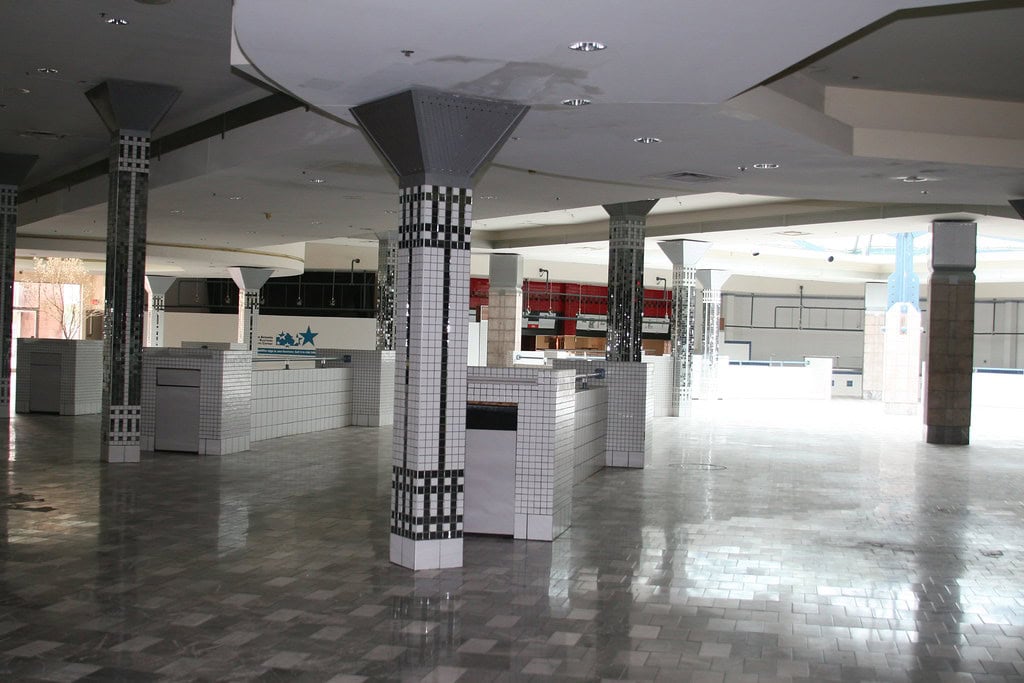
Katrina refugees and a vacant kingdom
Just after the last gate closed, Graham Weston, chairman and co-founder of Rackspace and owner of the empty Montgomery Ward building, offered the space to the city as Hurricane Katrina hit the Gulf Coast in 2005.
In about 36 hours, volunteers turned the department store into a shelter.
They took out the displays and racks, made the area safe, and put cots on the floor. Electrical workers got the generators and escalators working again.
Time Warner set up fast Internet and phone lines, and SBC put in a row of telephones so people could call family far away.
Charles Butt from H.E. Butt Grocery Co. sent 1,000 milk crates, which people used as seats, shelves, and nightstands.
Over the next few weeks, about 3,300 people who escaped Katrina and around 3,000 from Hurricane Rita passed through the building.
In a mall where people had recently been leaving the city, the bright, welcoming space became a place where strangers slept, checked in, searched for news, and began planning where to live next.
Rackspace Castle and the vision of a tech-driven community
In 2007, Rackspace Hosting purchased the abandoned mall for $27 million. Working with local officials, they moved 221 acres into the suburb of Windcrest, which then took official ownership.
Rackspace signed a 30-year lease on the 1.2 million square foot property and started transforming it into The Castle, inspired by Windsor Castle.
Renovations cost over $100 million, helped by a $22 million grant from the Texas Enterprise Fund and about $50 million in other support.
Workers recycled about 1,900 tons of material, kept 58 percent of waste out of landfills, and gave six trailer loads of doors, windows, and fixtures to Habitat for Humanity.
About 27 percent of new materials used were recycled, and in 2009, the building earned a top green building rating.
Inside, the building had safer carpets, windows in the roof for more light, lights that turned on when people walked by, and toilets that used less water.
Rackspace also added a two-story slide, cable cars from Brackenridge Park's Sky Ride, about 80 meeting rooms, a coffee shop, a gym, art displays, and a huge word search that once held a Guinness record.
Roads and a park surrounded the site, bringing in stores and apartments built for employees making about $69,000, which is almost double the local average of $37,000.
The neon Food Court sign from 1987 stayed, now lighting up engineers instead of teenagers.
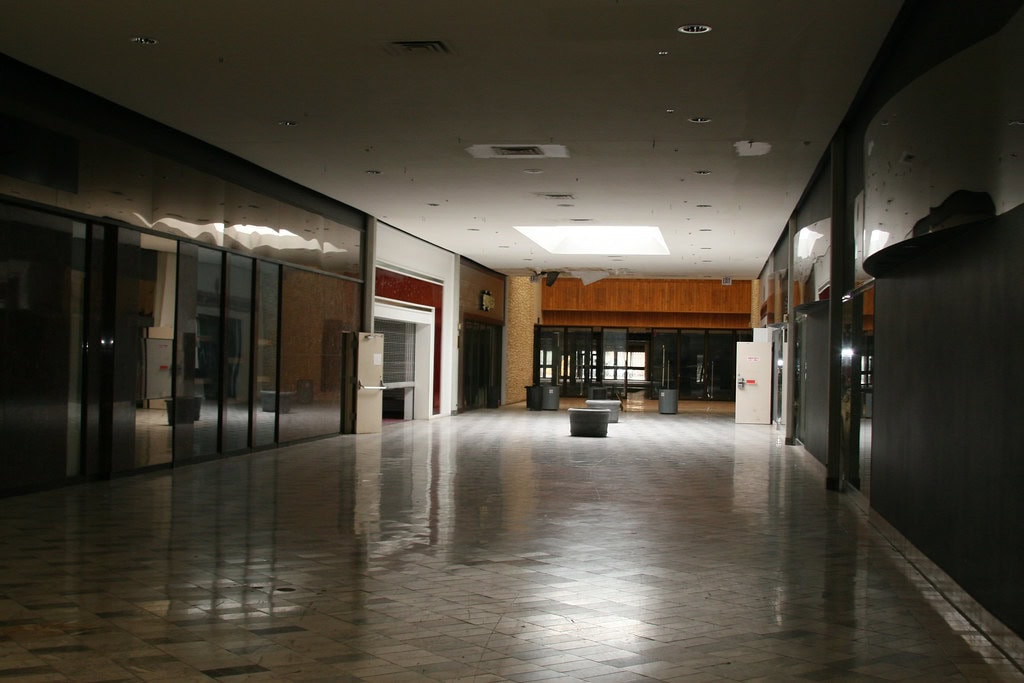
Windcrest Business Park bets on reinvention
About 3,000 to 3,200 Rackers worked at The Castle by 2012; by 2013, some 525,000 of the 1.2 million square feet had been renovated, with plans to turn the rest into a "Tech Town" of offices and park space.
Fanatical Place and Racker Road wrapped the campus, marking the change from mall to tech district.
In October 2022, Rackspace said it would move its headquarters to a smaller building at RidgeWood Plaza II, citing a new global model.
The relocation from Windcrest finished in early 2024.
Early that year, Industrial Commercial Properties, an Ohio developer, bought the 66-acre site for $21.5 million and rebranded it Windcrest International Business Park.
ICP plans to invest another $18.5 million in new facades, green space, reworked parking, and a subdivided interior for 8 to 12 tenants in light industrial, manufacturing, office, and retail.
Local officials expect hundreds of jobs, higher output and payroll, and millions in new sales tax.
For 7 years, the property will be exempt from property taxes, aside from a payment to the school district, while Bexar County adds $2.8 million in incentives.
Windcrest's economic development corporation holds the title and leases it back to ICP.
One early priority is the long vacant Montgomery Ward corner facing I-35, and planners are considering retail pads and possibly housing in the former parking lots.

